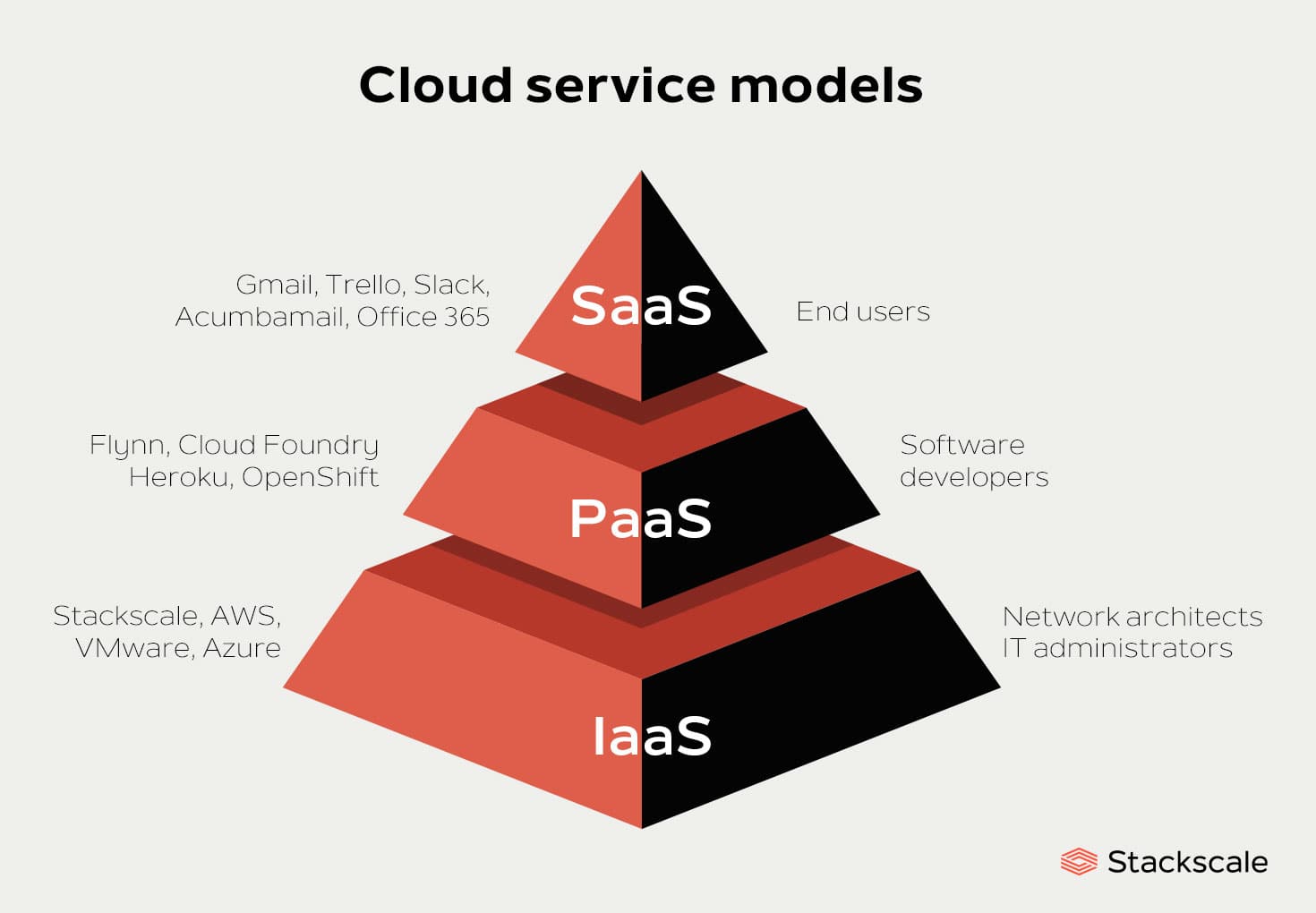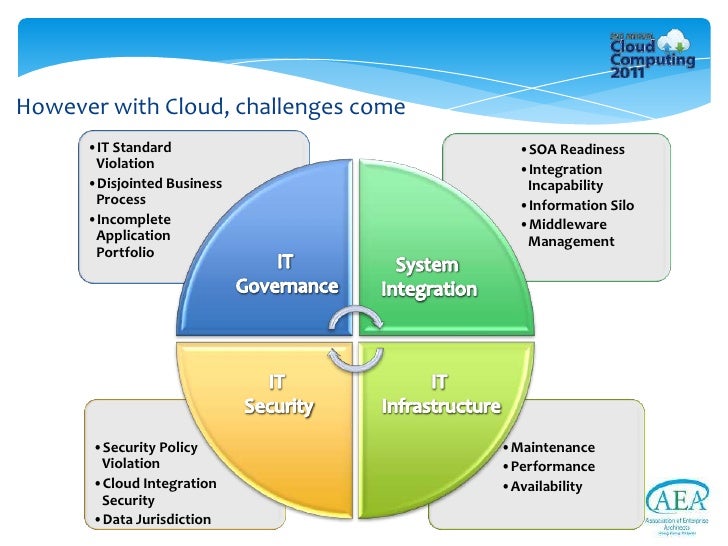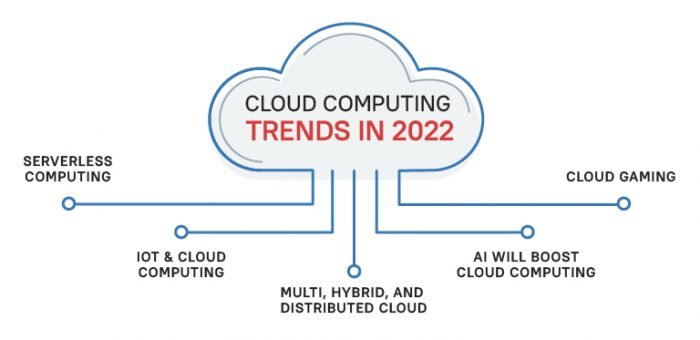Understanding Cloud Computing: A Modern IT Solution
Cloud computing has revolutionized the way businesses operate by offering a flexible, scalable, and cost-effective IT solution. By utilizing remote servers for data storage, processing power, and application deployment, organizations can reduce capital expenditures, streamline operations, and enhance collaboration. The three primary cloud service models include Infrastructure as a Service (IaaS), Platform as a Service (PaaS), and Software as a Service (SaaS), each offering varying levels of control and management for users.
IaaS, PaaS, and SaaS: Breaking Down Cloud Service Models
Selecting the ideal cloud service model is crucial for businesses to fully leverage the benefits of cloud computing. Each model offers varying levels of control, management, and customization. Here’s a breakdown of the three primary cloud service models:
- IaaS (Infrastructure as a Service): IaaS provides users with on-demand access to computing resources, such as virtual machines, storage, and networking. Users manage operating systems, middleware, and applications while the provider handles infrastructure maintenance and scaling. Examples of IaaS providers include Amazon Web Services (AWS) EC2, Microsoft Azure Virtual Machines, and Google Compute Engine.
- PaaS (Platform as a Service): PaaS offers a complete development and deployment environment, enabling users to build, test, and deploy applications without managing infrastructure. The provider handles infrastructure, middleware, and runtime, allowing users to focus on application development. Popular PaaS providers include Heroku, Google App Engine, and Microsoft Azure App Service.
- SaaS (Software as a Service): SaaS delivers software applications over the internet, eliminating the need for local installation and maintenance. Users access applications through a web browser or a thin client, and the provider manages infrastructure, middleware, and applications. Common SaaS providers include Microsoft Office 365, Salesforce, and Dropbox.
When comparing cloud computing services, businesses should carefully evaluate which service model best aligns with their unique needs and objectives.
How to Compare Cloud Computing Services: Key Factors
Comparing cloud computing services requires a thorough evaluation of several key factors to ensure a perfect fit for your business needs. Here are the essential aspects to consider when comparing cloud providers:
- Cost: Analyze the pricing structure of each provider, considering factors such as upfront costs, pay-as-you-go models, and long-term commitments. Be aware of hidden fees and ensure the chosen provider offers transparent pricing.
- Performance: Assess the performance of each provider’s services, including server uptime, processing speed, and network latency. Consider the provider’s geographical data center locations and their impact on application performance and user experience.
- Security: Evaluate the security measures implemented by each provider, such as data encryption, access controls, and compliance certifications. Ensure the provider follows best practices for data protection and privacy.
- Support: Examine the quality and availability of customer support, including response times, support channels, and self-service resources. Opt for a provider that offers responsive and knowledgeable support to minimize downtime and resolve issues efficiently.
When weighing these factors, consider your organization’s specific needs and objectives. A comprehensive evaluation will help you make an informed decision and select the most suitable cloud computing provider for your business.
Amazon Web Services (AWS) vs. Microsoft Azure: A Head-to-Head Comparison
Amazon Web Services (AWS) and Microsoft Azure are two leading cloud computing providers, each offering a wide range of services and features. Here’s a head-to-head comparison of AWS and Azure in terms of cost, performance, security, and support:
- Cost: Both AWS and Azure provide flexible pricing models, including pay-as-you-go and reserved instances. However, Azure’s pricing tends to be more straightforward, while AWS offers more cost optimization tools. Carefully analyze your usage patterns and requirements to determine which provider offers the best cost structure for your business.
- Performance: AWS generally offers better performance in terms of server uptime and processing speed. Nevertheless, Azure’s network latency is often lower, which can positively impact application performance and user experience. Consider your specific use case and performance requirements when choosing between these two providers.
- Security: Both AWS and Azure prioritize security, providing robust data encryption, access controls, and compliance certifications. However, AWS has a more mature security offering, with a broader range of tools and features. Ensure that the chosen provider aligns with your organization’s security standards and requirements.
- Support: Azure provides 24/7 customer support through various channels, including phone, email, and chat. AWS also offers 24/7 support, but it is only included with higher-tier plans. Both providers offer extensive self-service resources and documentation, making it essential to evaluate your support preferences and needs when comparing AWS and Azure.
Ultimately, the best choice between AWS and Azure will depend on your organization’s specific needs and objectives. Thoroughly evaluate each provider’s offerings and weigh the factors mentioned above to make an informed decision.
Google Cloud Platform (GCP) vs. IBM Cloud: An In-Depth Analysis
Google Cloud Platform (GCP) and IBM Cloud are two other prominent cloud computing providers, each offering unique features and services. Here’s an in-depth analysis of GCP and IBM Cloud in terms of cost, performance, security, and support:
- Cost: Both GCP and IBM Cloud provide flexible pricing models, including pay-as-you-go and reserved instances. GCP tends to have lower pricing for similar services, making it a more cost-effective option. However, IBM Cloud offers more flexible commitment terms, which can be beneficial for businesses with fluctuating needs.
- Performance: GCP generally outperforms IBM Cloud in terms of server uptime, processing speed, and network latency. However, IBM Cloud offers specialized services, such as high-performance computing and AI, which can be advantageous for specific use cases. Consider your performance requirements when comparing GCP and IBM Cloud.
- Security: Both GCP and IBM Cloud prioritize security, providing robust data encryption, access controls, and compliance certifications. GCP has a more mature security offering, with a broader range of tools and features. Ensure that the chosen provider aligns with your organization’s security standards and requirements.
- Support: IBM Cloud provides 24/7 customer support through various channels, including phone, email, and chat. GCP also offers 24/7 support, but it is included with higher-tier plans. Both providers offer extensive self-service resources and documentation, making it essential to evaluate your support preferences and needs when comparing GCP and IBM Cloud.
As with any cloud computing comparison, the best choice between GCP and IBM Cloud will depend on your organization’s specific needs and objectives. Thoroughly evaluate each provider’s offerings and weigh the factors mentioned above to make an informed decision.
Selecting the Right Cloud Computing Provider: A Step-by-Step Guide
Choosing the right cloud computing provider is a critical decision that can significantly impact your business operations. Follow this step-by-step guide to ensure you select the best provider for your needs:
- Assess Business Needs: Identify your organization’s specific requirements, including cost, performance, security, and support. Consider factors such as the size of your business, the applications you plan to run, and your budget. This self-assessment will help you determine which cloud service model (IaaS, PaaS, or SaaS) and provider features are most important for your business.
- Evaluate Providers: Research and compare potential cloud computing providers based on the factors identified in step 1. Analyze their offerings, pricing, and customer reviews. Narrow down your options to a few top contenders.
- Test Services: Most cloud computing providers offer free trials or limited-time promotions. Take advantage of these offers to test the services and features of your top contenders. This hands-on experience will help you evaluate the user interface, performance, and support offered by each provider.
- Monitor and Optimize: After selecting a provider, continuously monitor your cloud services to ensure they meet your business needs. Optimize your usage and costs by taking advantage of cost-saving features, such as reserved instances or autoscaling. Regularly review your provider’s offerings and consider switching if a better option becomes available.
By following this step-by-step guide, you can make an informed decision when selecting a cloud computing provider, ensuring that your business benefits from the cost savings, scalability, and flexibility offered by cloud services.
Navigating Cloud Computing Comparisons: Overcoming Challenges
Comparing cloud computing services can be a daunting task due to the complexity of service offerings and the rapid pace of innovation. Overcome these challenges by employing the following strategies:
- Stay Informed: Keep up-to-date with the latest trends and developments in cloud computing. Regularly read industry publications, attend webinars, and participate in online forums to expand your knowledge and stay informed about new offerings and features.
- Prioritize Your Needs: Focus on the specific needs of your business when comparing cloud computing services. By prioritizing your requirements, you can more easily evaluate providers based on the factors that matter most to your organization.
- Leverage Independent Reviews: Seek out independent reviews and comparisons of cloud computing providers. These resources can offer unbiased insights and help you make more informed decisions.
- Consult with Experts: Engage with cloud computing consultants or experts who can provide personalized guidance and recommendations based on your business needs. Their expertise can save you time and help you avoid common pitfalls.
- Test and Evaluate: Take advantage of free trials and demo accounts to test cloud computing services firsthand. Hands-on experience can provide valuable insights into a provider’s offerings, user interface, and support.
By employing these strategies, you can effectively navigate the challenges of comparing cloud computing services and make informed decisions that benefit your business.
The Future of Cloud Computing: Trends and Predictions
Cloud computing has transformed the IT landscape, and its impact will continue to grow as new trends and innovations emerge. Here are some key trends and predictions for the future of cloud computing:
- Multi-Cloud and Hybrid Cloud Adoption: As businesses seek to optimize costs and leverage the unique features of various cloud providers, multi-cloud and hybrid cloud strategies will become increasingly popular. This approach allows organizations to distribute workloads across multiple cloud environments, improving scalability, reliability, and flexibility.
- Artificial Intelligence (AI) and Machine Learning (ML) Integration: AI and ML capabilities will become more integrated into cloud computing services, enabling businesses to harness the power of data-driven insights and automation. Providers that offer robust AI and ML tools will have a competitive advantage in the market.
- Edge Computing: As IoT devices proliferate, the need for edge computing will grow. Edge computing involves processing data closer to the source, reducing latency and improving performance. Cloud providers that can seamlessly integrate edge computing into their offerings will be well-positioned for success.
- Security Enhancements: Security remains a top concern for businesses adopting cloud computing. Providers that invest in advanced security features, such as AI-powered threat detection and encryption, will build trust with their customers and gain a competitive edge.
- Sustainability: As environmental concerns become more prominent, cloud providers will focus on reducing their carbon footprint and promoting sustainability. Expect to see more investments in energy-efficient data centers and renewable energy sources.
By staying informed about these trends and predictions, businesses can make more strategic decisions about their cloud computing strategies and capitalize on new opportunities as they emerge.







